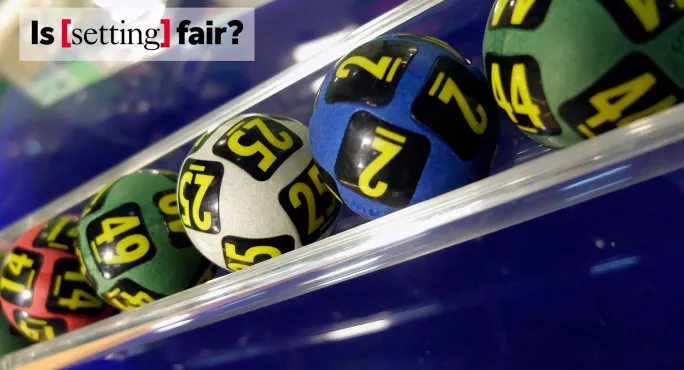Schools should use lotteries to decide how to allocate borderline children to a set, academics have recommended.
The advice follows a large research project on ability grouping in schools by a team from the UCL Institute of Education and Queen’s University Belfast.
They raised concerns that almost a third of pupils are put in the wrong maths set - compared to what their key stage 2 Sats results would warrant - and that black pupils are two-and-a-half times more likely than white pupils to be misallocated to a lower maths set.
The team’s research also raises fears that children in lower sets are taught by teachers who are less qualified in their subject, and that the confidence of pupils in such groups suffers.
In a further unpublished paper, seen by Tes, which examines data from about 9,301 Year 7 pupils in 46 secondary schools, the academics say that 5.8 per cent of pupils were on the borderline between different sets.
Setting ‘affected by bias and stereotypes’
Professor Becky Francis, director of the UCL Institute of Education, told Tes that these pupils should be allocated to sets at random to ensure that the decision is not affected by bias or stereotypes.
She suggested that: “Where inevitably there will be some kids on the borderline - there is quite a sizeable group that will always be on the borderline for set decisions - lottery or random methods are used to assign those pupils because that’s clearly a point at which bias can seep in.”
The advice is formalised in a new document for schools published by the UCL Institute of Education, “Dos and don’ts” of attainment grouping.
In the section about setting, it says: “Do use a lottery system when assigning borderline students to sets. This mitigates the introduction of bias in assigning students from particular backgrounds to lower or higher sets.”
Professor Francis and her colleague Jeremy Hodgen will outline the findings of their best practice in grouping students project at the ResearchED conference in London tomorrow.
This is an edited article from the 7 September edition of Tes. Subscribers can read the full article here. To subscribe, click here. This week’s Tes magazine is available in all good newsagents. To download the digital edition, Android users can click here and iOS users can click here




